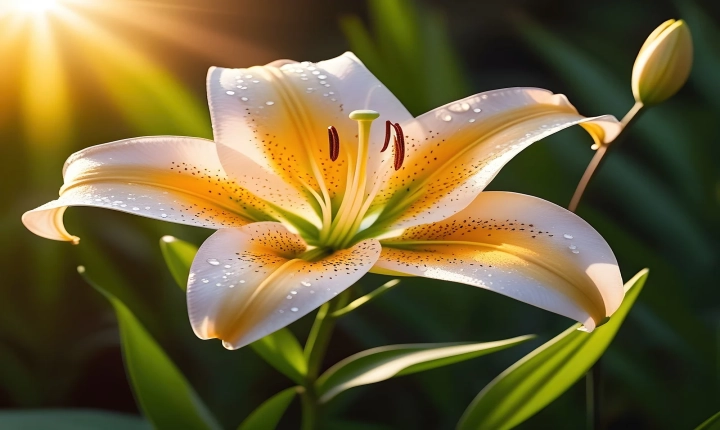Can GPT identify images? The short answer is no, GPT, or Generative Pre-trained Transformer, is a language model developed by OpenAI that excels in natural language processing tasks. In other words, it can understand and generate human-like text based on the input it receives. However, GPT is not designed to analyze or identify images.
GPT’s architecture is based on processing and understanding text, rather than visual data. This means that it does not have the ability to “see” images in the way that a human does. It can’t interpret visual content, recognize objects, or understand the context of a picture.
While GPT is not capable of identifying images directly, it can still be useful in conjunction with image recognition models. These models can process and analyze visual data to identify objects, patterns, and scenes within images. Once the image is processed, the resulting information can be used as input for GPT, which can then generate text-based descriptions or analyses based on the identified visual content.
For example, a combination of an image recognition model and GPT could be used to create a system that takes in an image, identifies the objects within it, and then generates a description of the scene in natural language. This can be particularly useful in applications such as image captioning, where a textual description of an image is generated based on its content.
Additionally, GPT can be used to assist with image-related tasks by processing and generating natural language based on the text associated with images. For instance, it can help in analyzing and summarizing textual descriptions, captions, or tags related to images.
There are ongoing efforts to develop AI systems that can effectively combine both language and image processing capabilities. One notable example is OpenAI’s DALL·E, a neural network model designed to generate images from textual descriptions. DALL·E demonstrates the potential of combining language and image generation, hinting at the possibility of future AI systems that can seamlessly integrate both modalities.
While GPT itself cannot identify images, its strengths in natural language understanding make it a valuable tool that can be used in conjunction with image processing models to create more comprehensive and powerful AI systems. The future of AI will likely involve further exploration and development of synergies between language and image processing capabilities, leading to more sophisticated and versatile AI systems.
